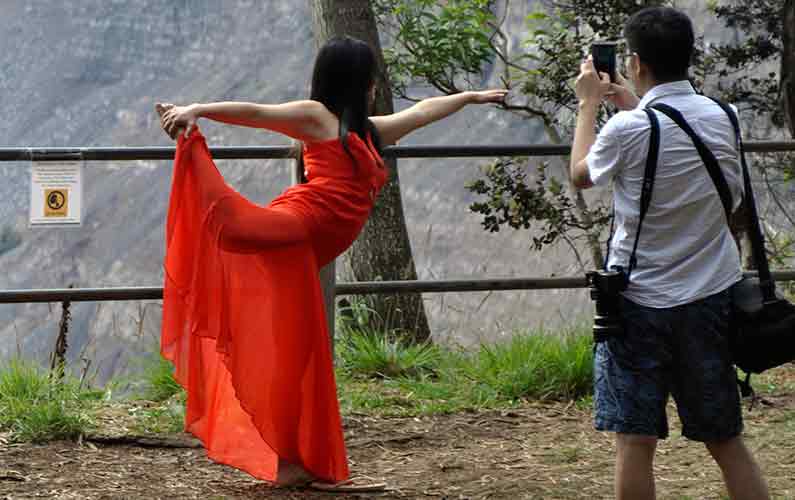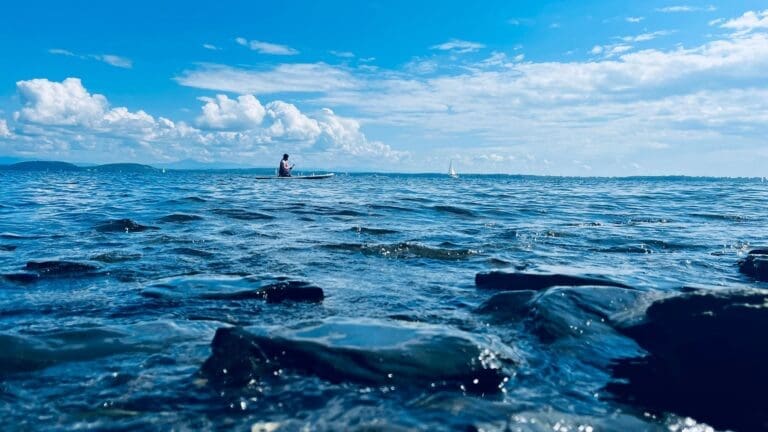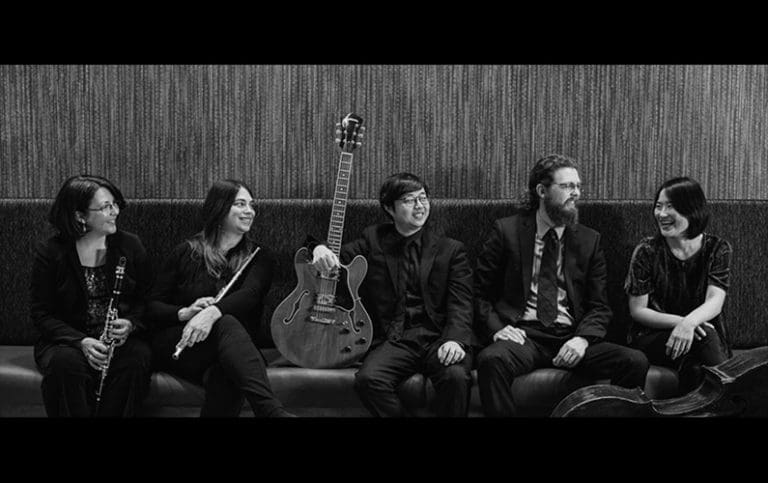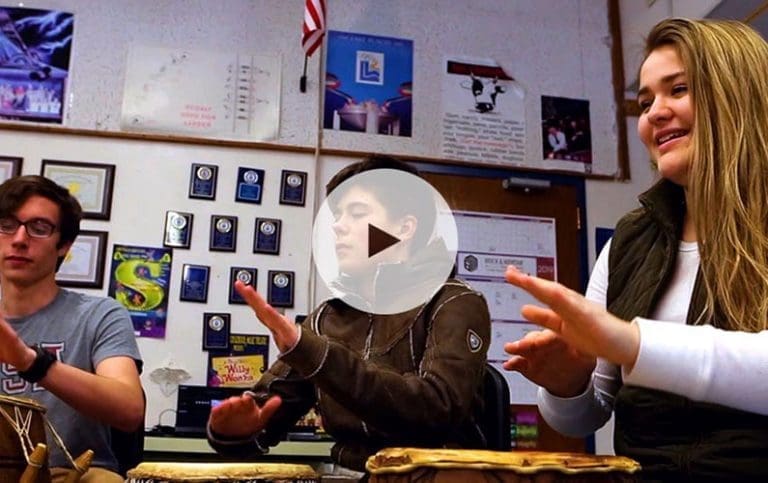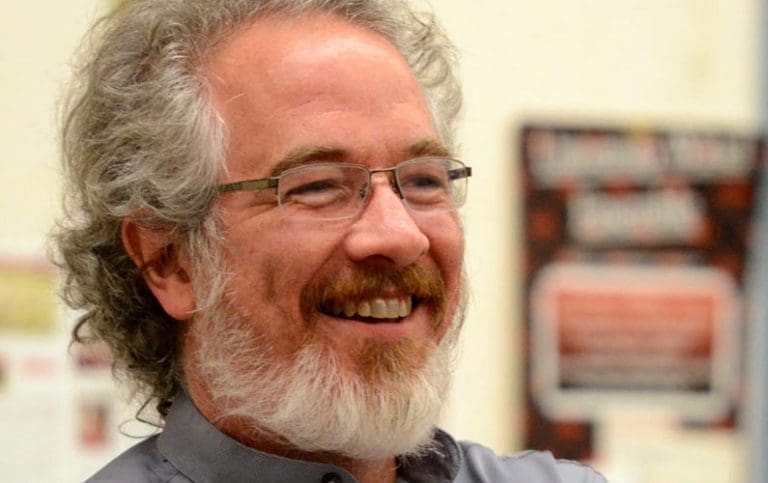Quiet Zone and the Government Shutdown

When Teddy Roosevelt signed the Antiquities Act of 1906, he laid the foundation for the National Parks Service. For decades after his presidency, young Americans found employment building the trails and other infrastructure to allow all of us to experience natural wonders of our vast country. While I don’t know if Teddy could have anticipated our current political standoff in Washington DC, I have a hunch that he would be unhappy that it has limited access to the places he sought to protect and share with both citizens and foreign travelers.
Government Shutdown 2018
The government shutdown has affected some things here but not others. With fewer park employees comes limited access to the park. Visitors can only visit a relatively small area around the steam vents that overlook the Kilauea caldera. However, the shutdown has not discouraged visitors from all over the world, who bought their plane tickets months ago, from getting a small glimpse of this natural wonder. The parking lot was packed. I counted at least five languages beyond English being spoken within earshot. The anticipated high volume of holiday visitors has created a bustling, loud bottle neck at the entrance to Hawaii Volcanos National Park. I am grateful for the patience and hospitality of the few remaining essential employees and volunteers that keep us safe during our visit.
Designated Quiet Zone

A narrow, well-traveled trail runs along the rim of the caldera giving spectacular views of the volcano. The path was packed with international visitors, filling the area with soft conversations, grumpy complaints, expressions of awe, impatient teenagers, and crying babies whose language is universal across all countries. As I approached one particularly impressive lookout, a sign nearly blocked the path, demanding my attention. This lookout was as a “Designated Quiet Zone” reserved for “personal reflection and respect for cultural practices.” I enjoyed standing at the entrance to this lookout, listening for the moment when each passing group of visitors noticed the sign, hushed themselves, then peered toward the lookout to see what might be going on in the Quiet Zone.
The Artists

I assumed that the ongoing negotiations of land use between scientists and traditional faith leaders was the only reason for “respect for cultural practices.” I was wrong. I watched a group of four visitors create strikingly beautiful poses in response to the imposing natural panorama. Artists of all kinds can’t help themselves. The staggering scale of power, color, shadows, heat, and sound radiating from Kilauea calls out the artistic building blocks of the human soul. From this skilled dancer to the tourist with a cheap camera, we are drawn to respond, record, and remember this place. We are compelled to ask big questions. Now that I have seen this, what does it mean for me? How will I share this with my friends back home?
These are the questions that travelers and artists share. Both take risks to experience something new. Both share the obligation of communicating what they experienced. Both have the courage necessary to welcoming the unknown and exploring its meaning.

